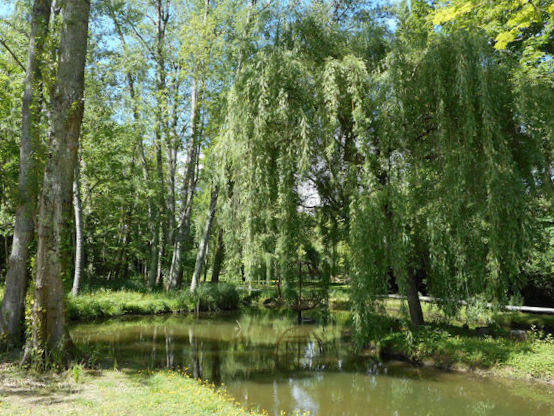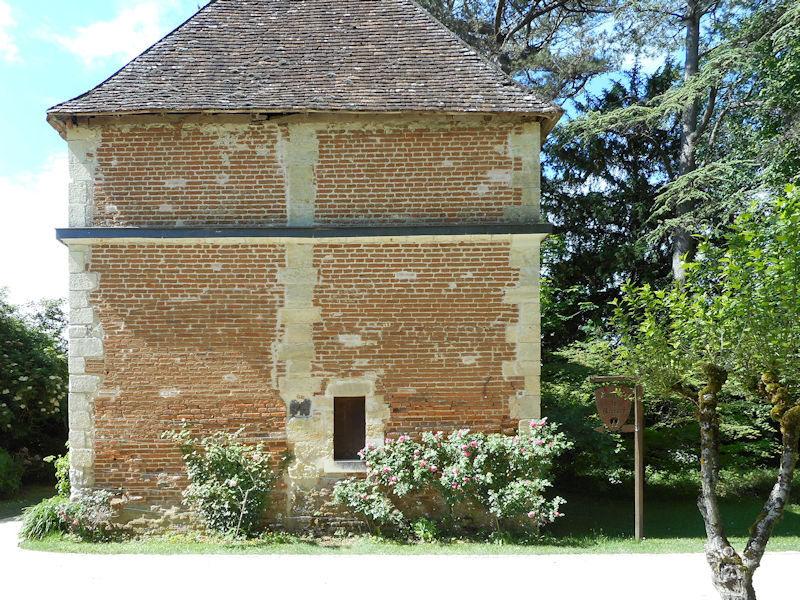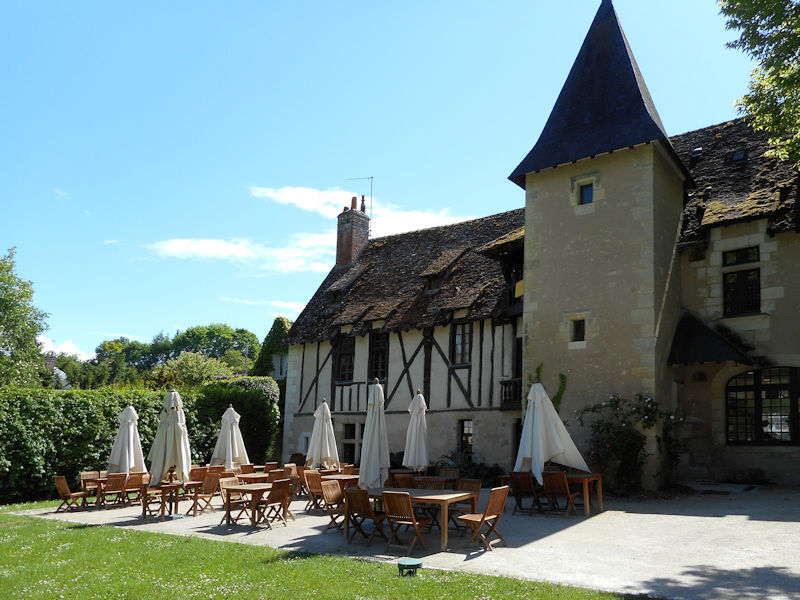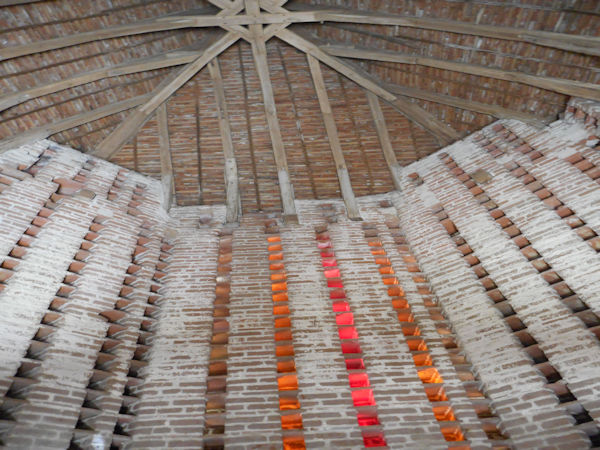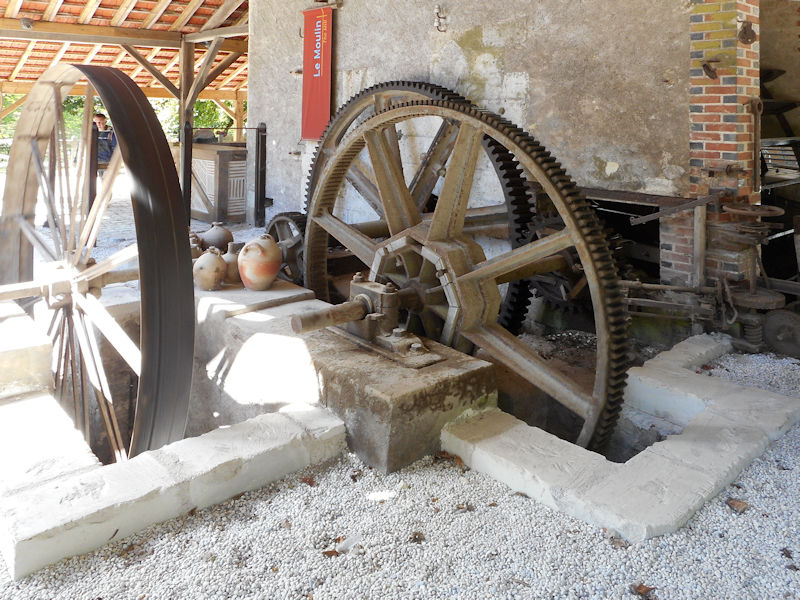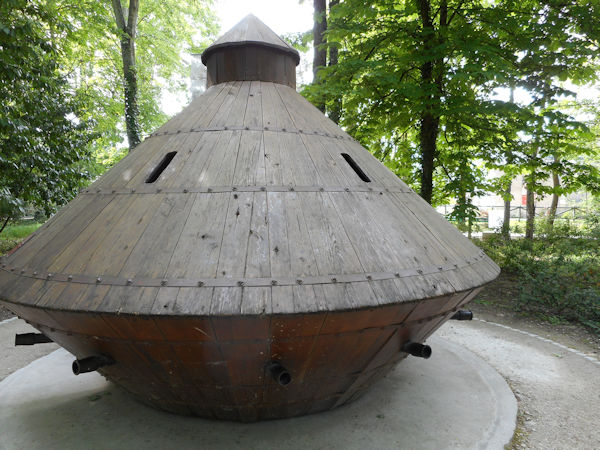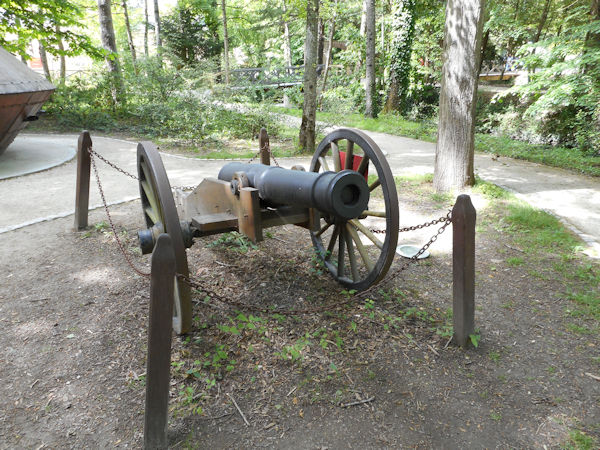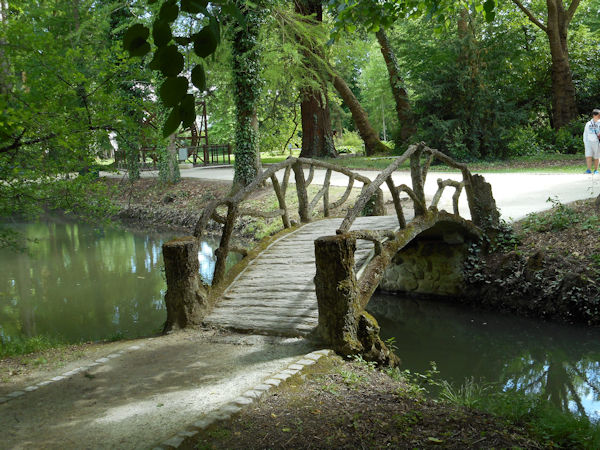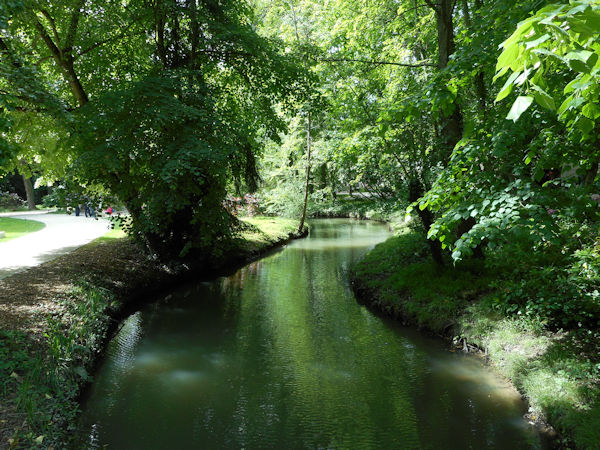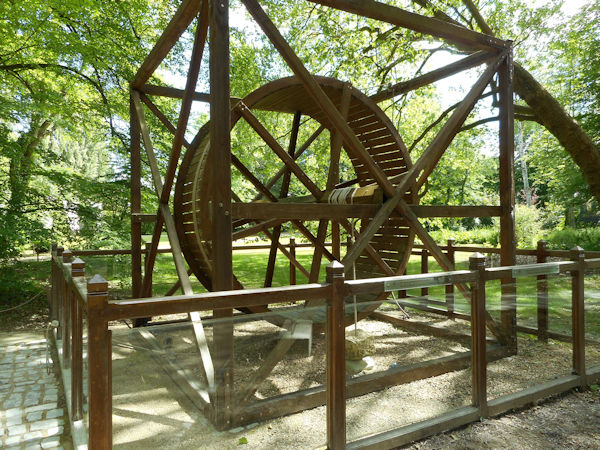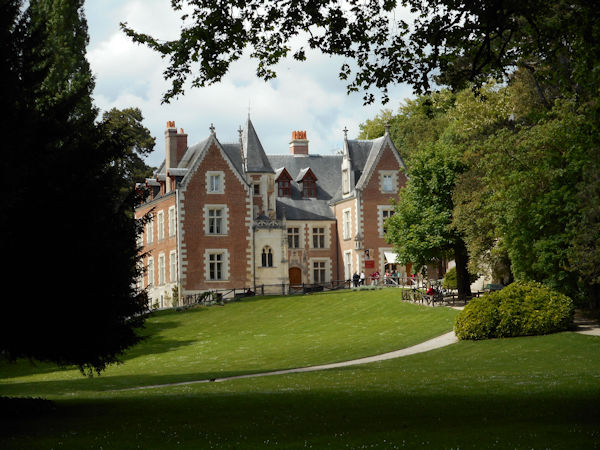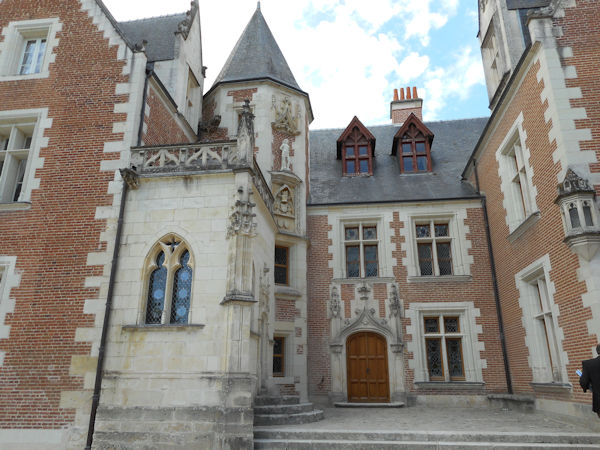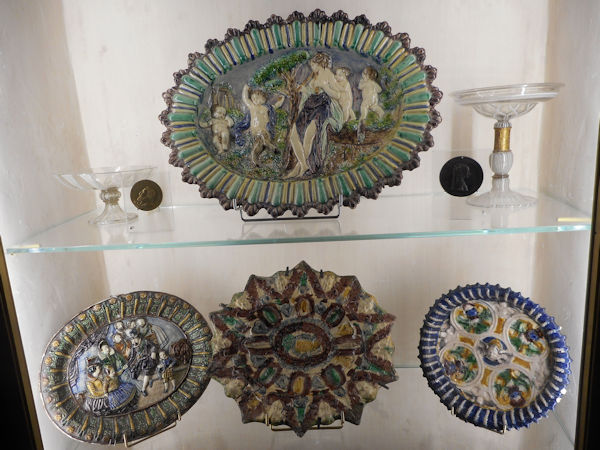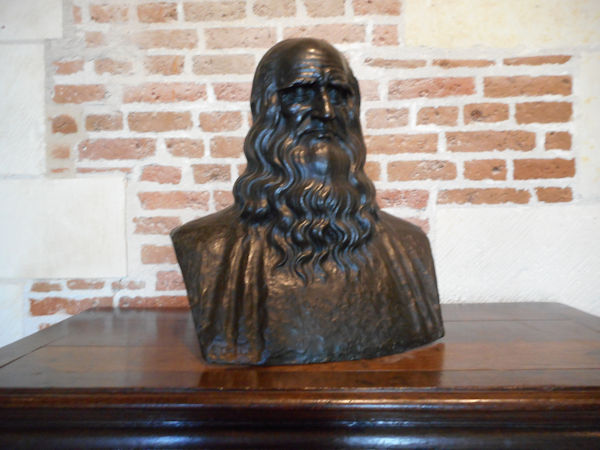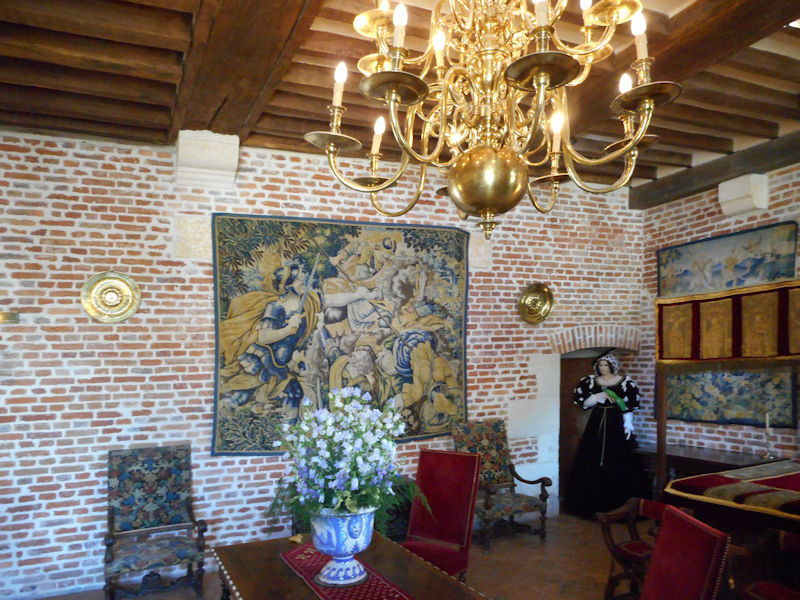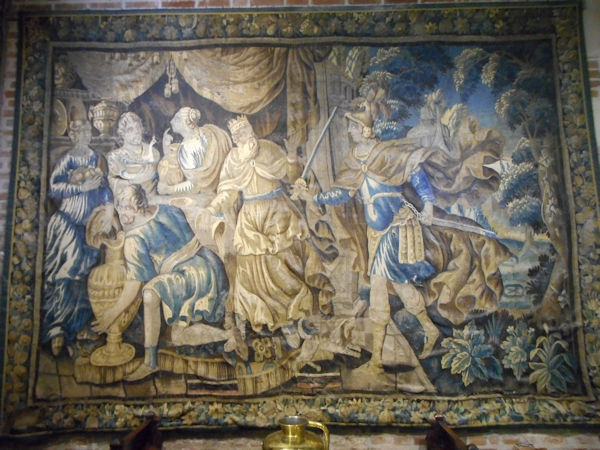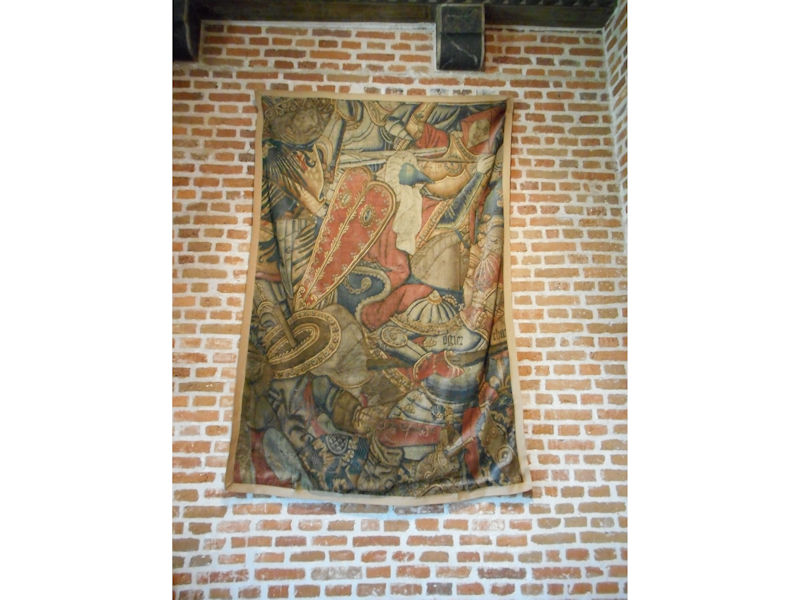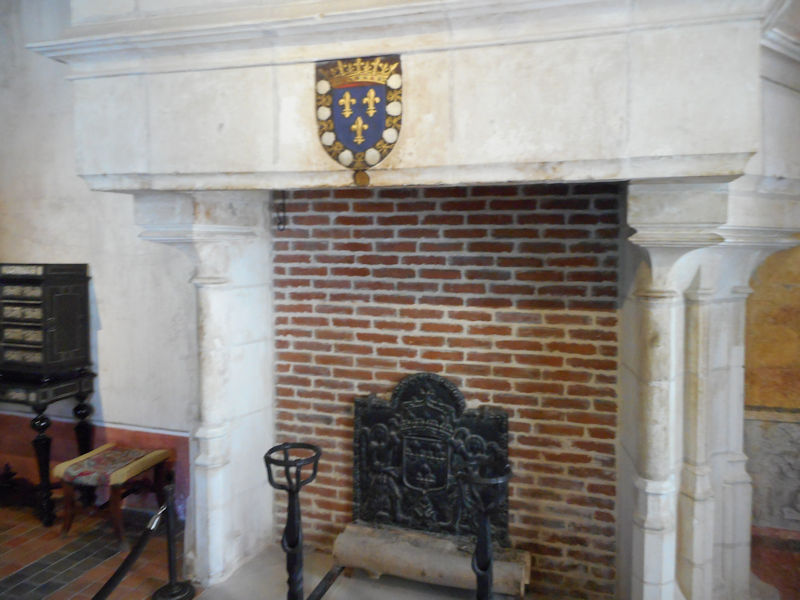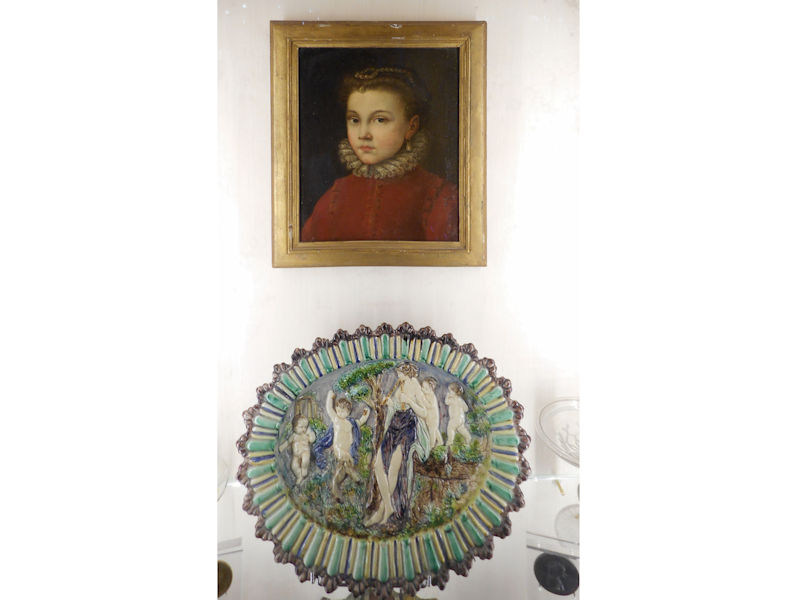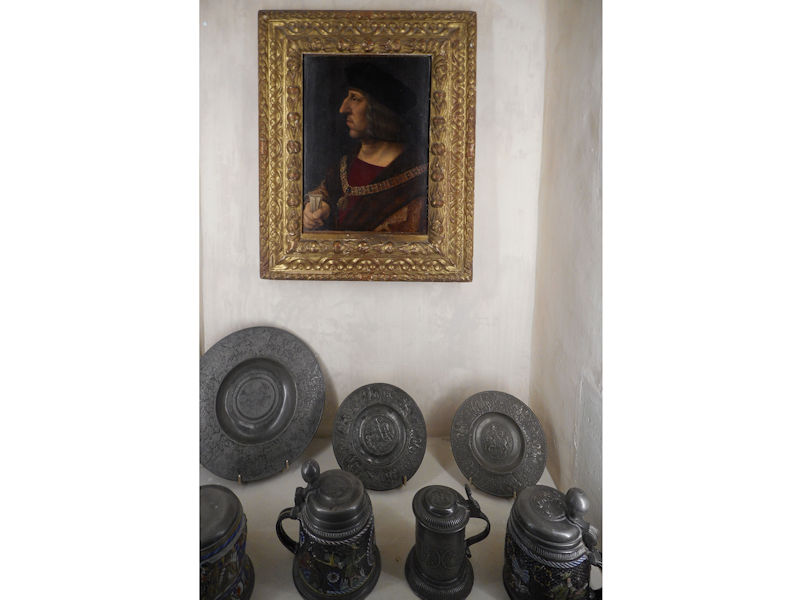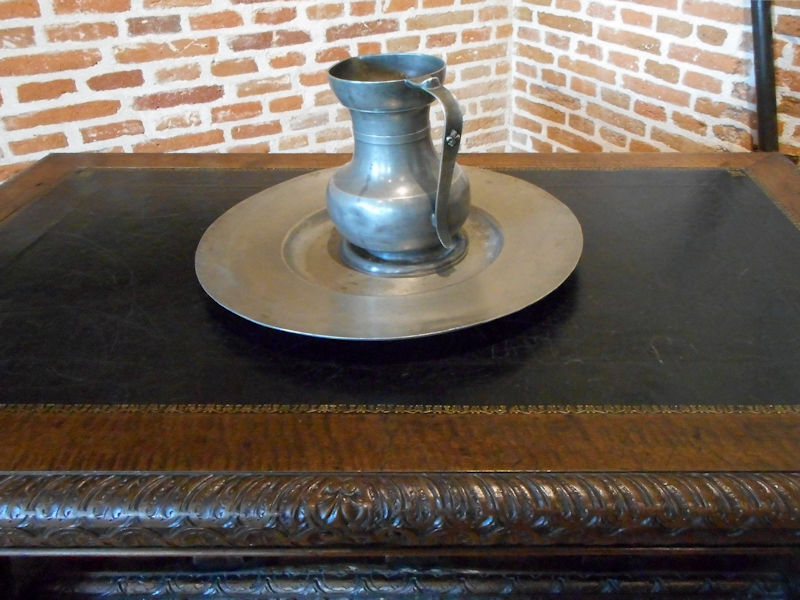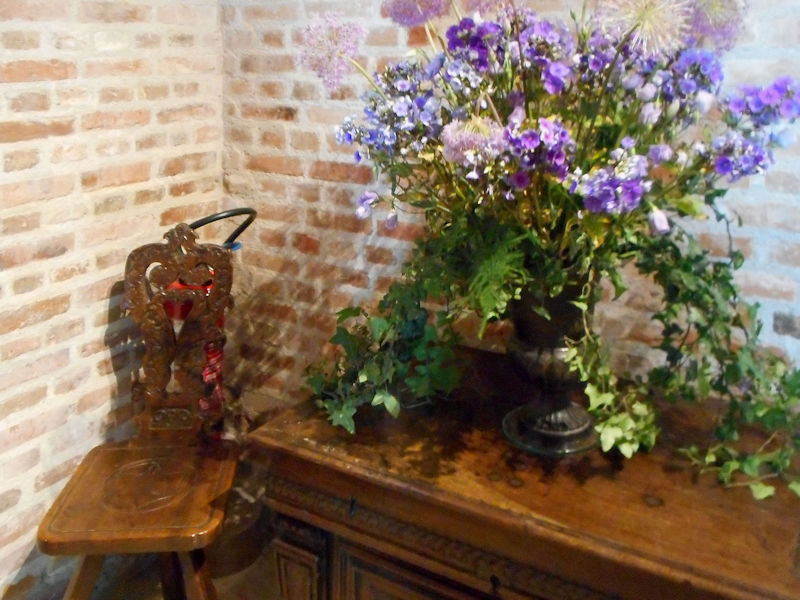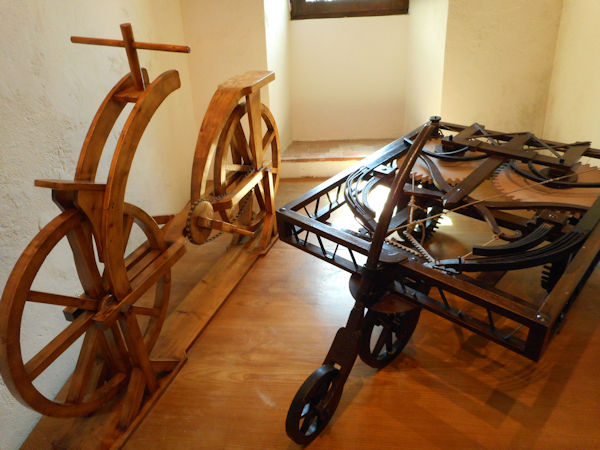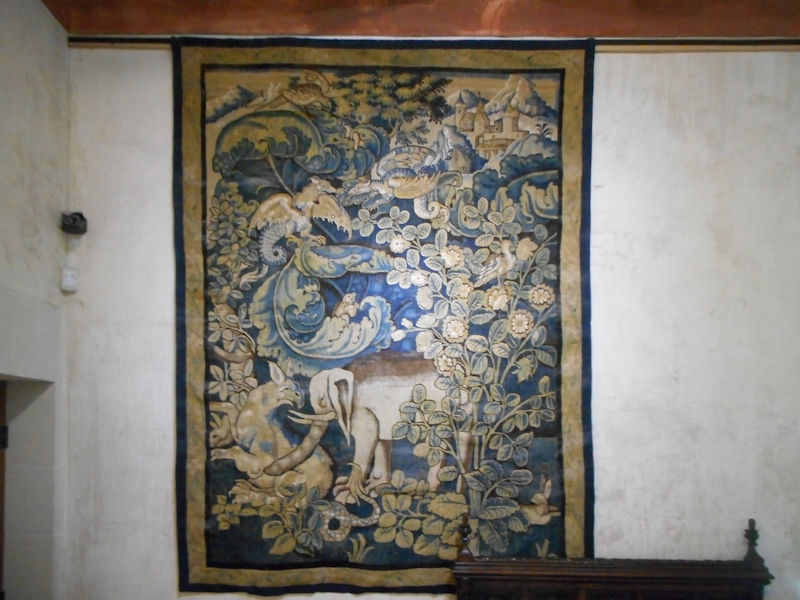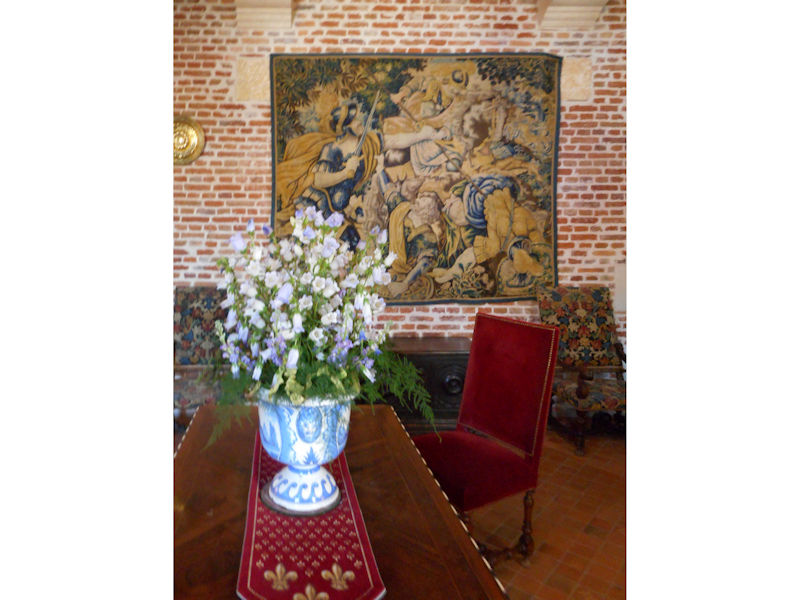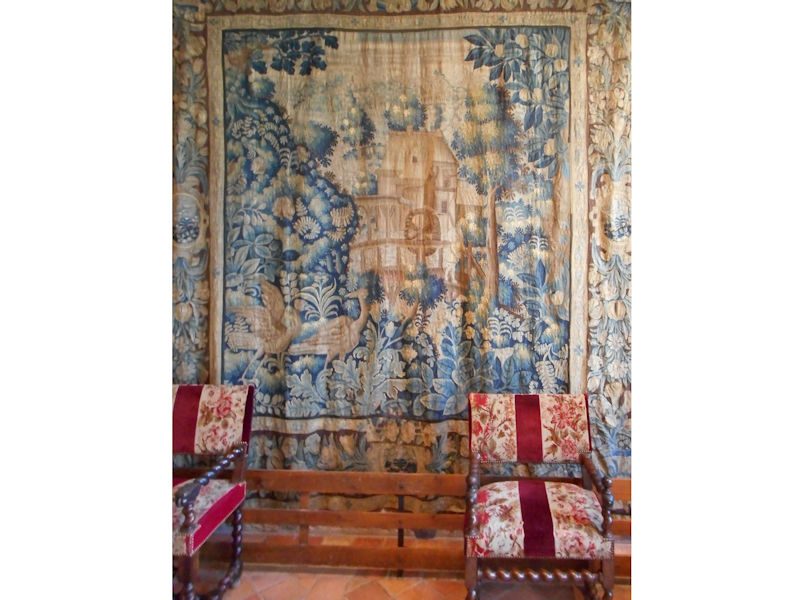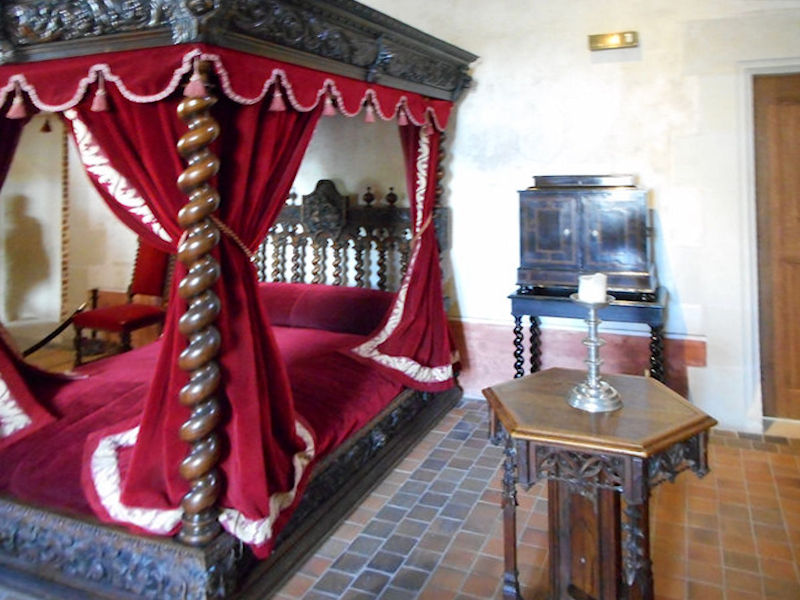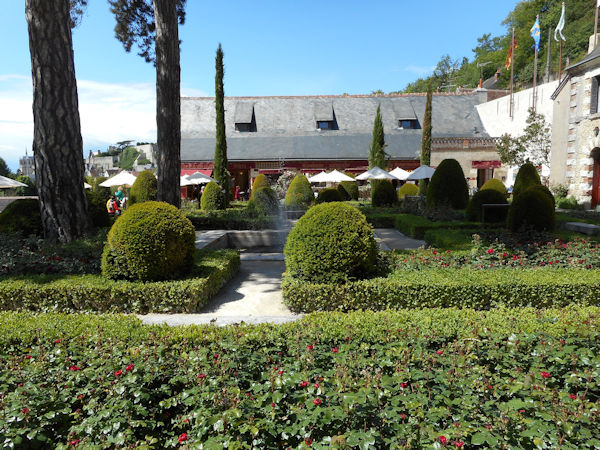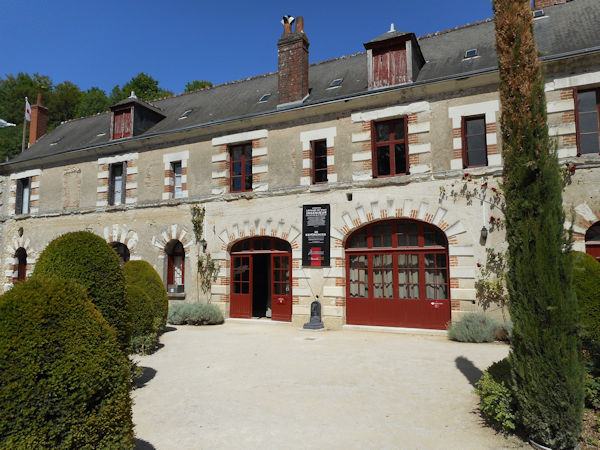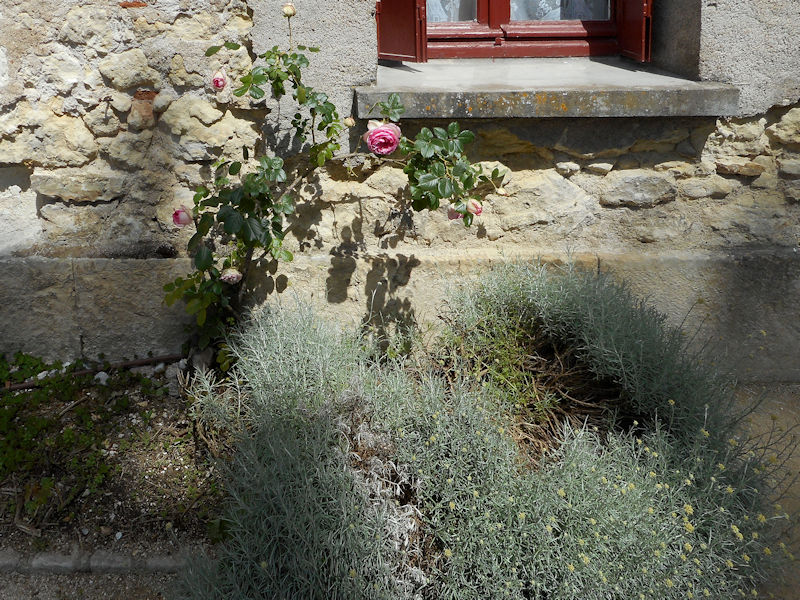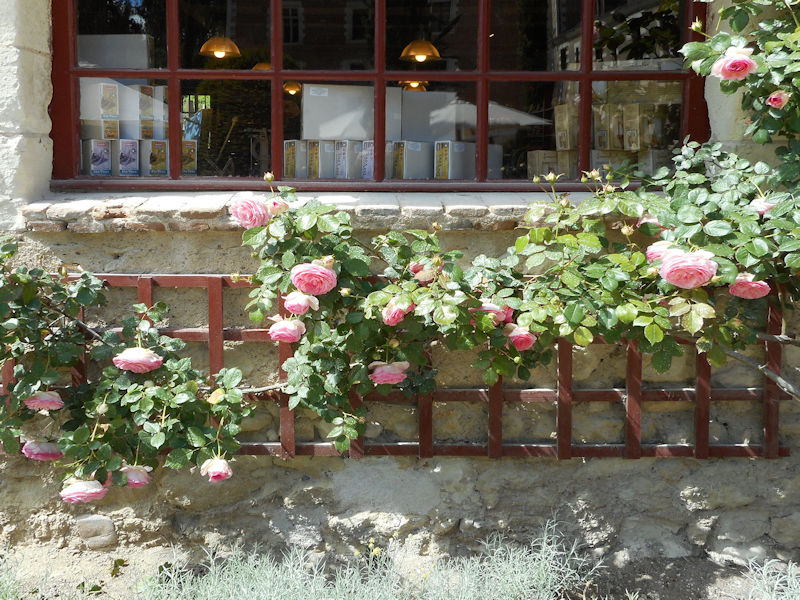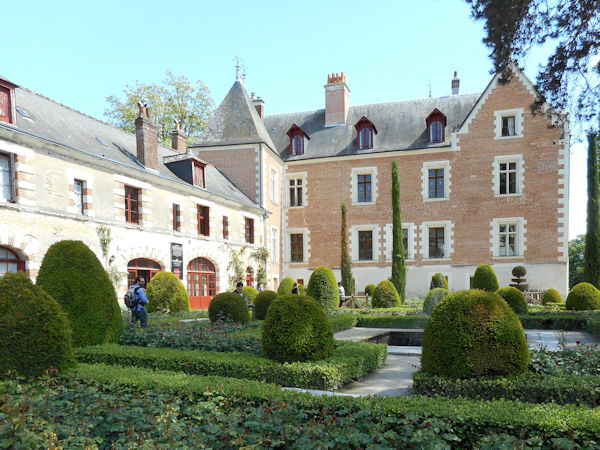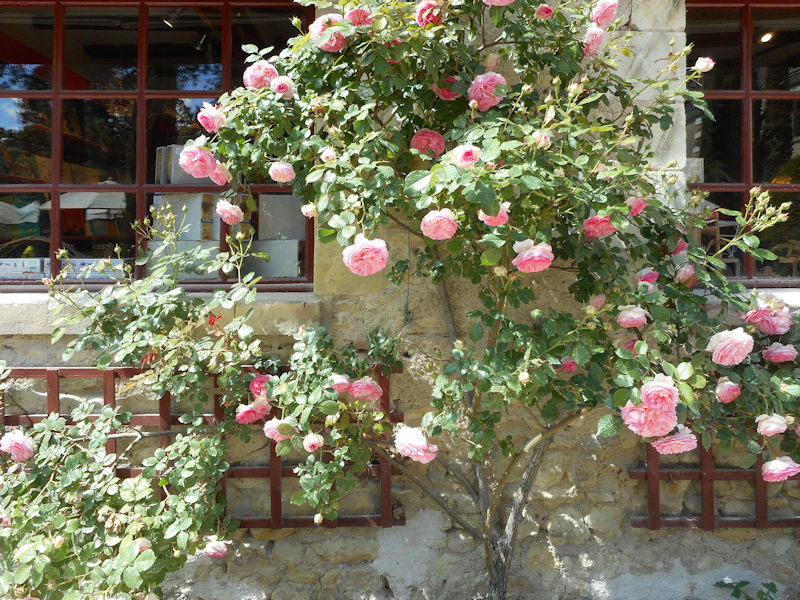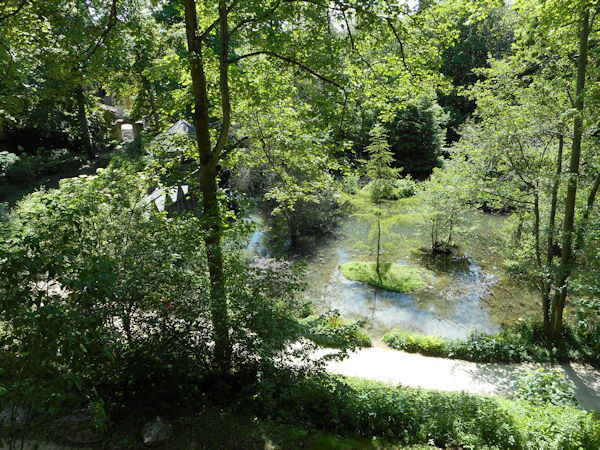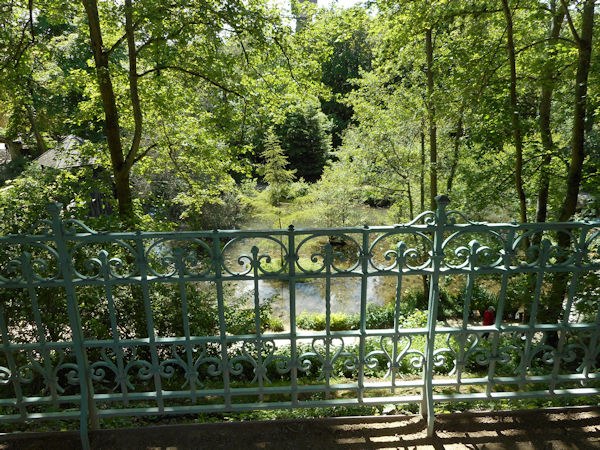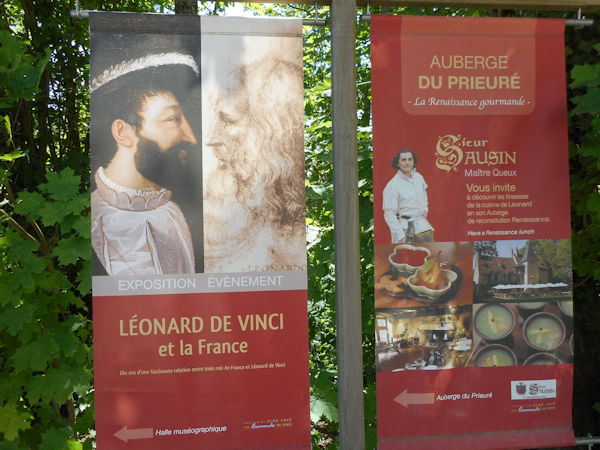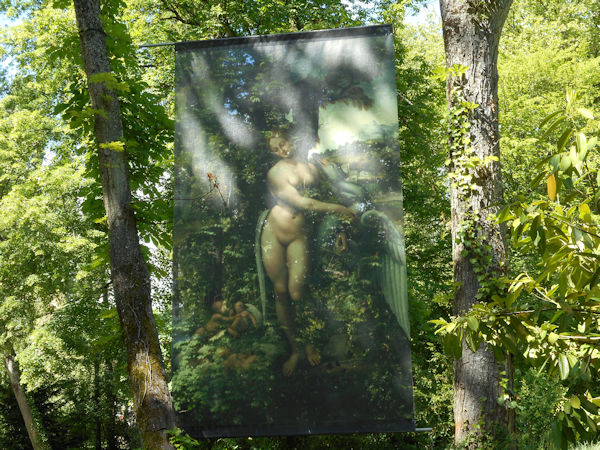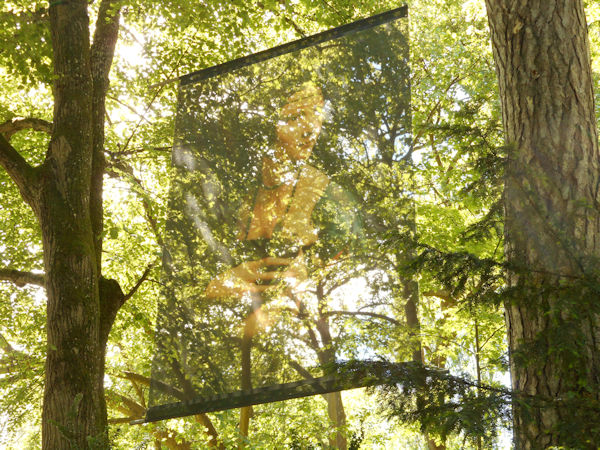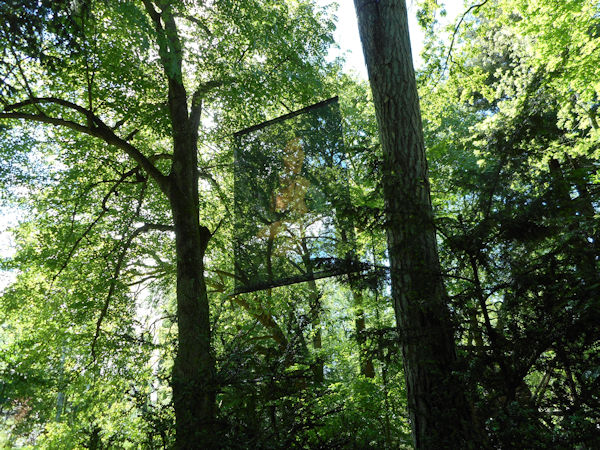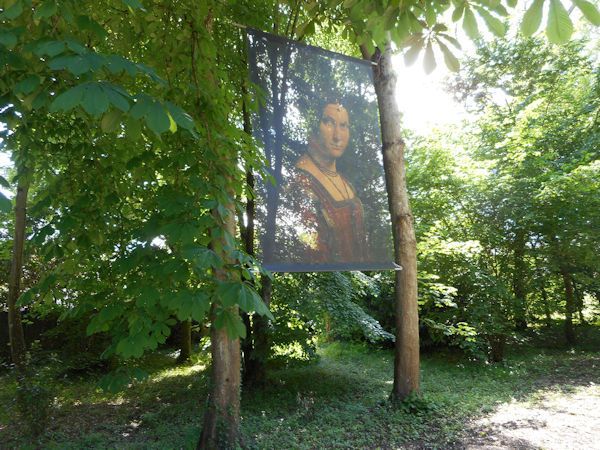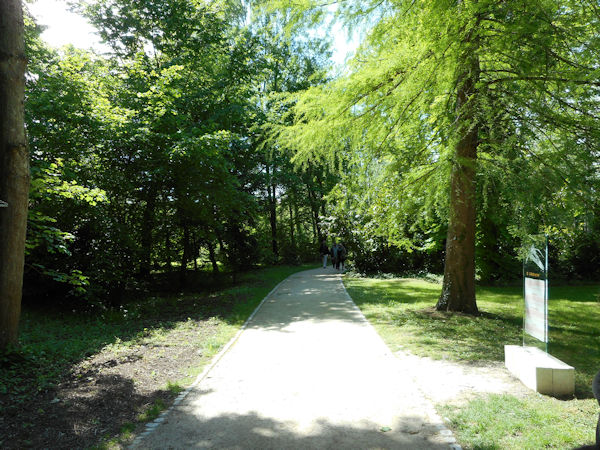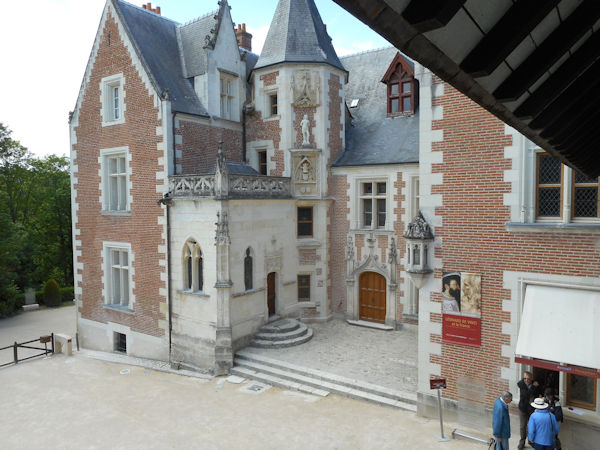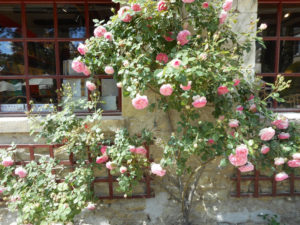
The Château du Clos Lucé (or simply Clos Lucé) is a large château in the city of Amboise, France. The place is famous for being the official residence of Leonardo da Vinci between 1516 and 1519, when Leonardo died. Clos Lucé is located at 500 metres from the royal Château d’Amboise, to which it is connected by an underground passageway. Built by Hugues d’Amboise in the middle of the fifteenth century, it was acquired in 1490 by Charles VIII of France for his wife, Anne de Bretagne. Later, it was used by Francis I, as well as his sister Marguerite de Navarre, who began writing her book entitled L’Heptaméron while living there. In 1516, King Francis I of France invited Leonardo da Vinci to Amboise and provided him with the Clos Lucé, then called Château de Cloux, as a place to stay and work. Leonardo arrived with three of his paintings, namely the Mona Lisa, Sainte Anne, and Saint Jean Baptiste. Leonardo lived at the Clos Lucé for the last three years of his life, and died there on 2 May 1519.
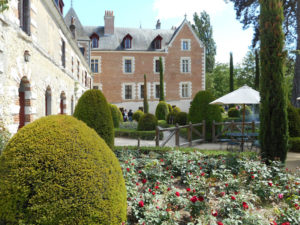
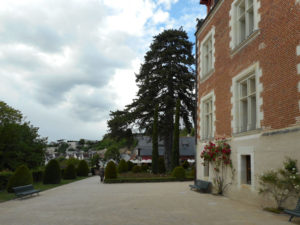
Timeline of history at the Château of Clos Lucé (from the official website)
1471
King Louis XI gives the domain of Cloux, known today as the Château du Clos Lucé, to a former ennobled kitchen boy named Etienne le Loup. He built the Château du Clos Lucé with bricks and freestone, as well as one of France’s most beautiful dovecotes, untouched until today. Inside you’ll hear the flapping of the thousand birds it used to shelter.
1490
The Clos Lucé becomes the summerhouse of the kings of France. Charles VIII asks for a chapel to be built for his young wife, Queen Anne de Bretagne, who comes to mourn the loss of her young children. The chapel is decorated with four frescos, including the Annunciation, which was painted by Leonardo’s pupils. The Virgin of light, « Virgo Lucis », above the door, may have given the site its current name: Château du Clos Lucé.
1516-1519 :
King Francis I and Louise de Savoie invite Leonardo da Vinci to Amboise.
King Francis I, passionate about Leonardo da Vinci’s talent, names him “ Premier Painter and Engineer and Architect of the King” and offers him the enjoyment of the Château of Clos Lucé, located only a few meters away from the Château d’Amboise. The national archives in Paris have a certificate for payment mentioning the pension from Francis I to Leonardo da Vinci « To Master Lyenard de Vince, Italian painter, the sum of 2000 ecussoleil, for his pension of two years ».
Leonardo spends the last three years of his life at the Château of Clos Lucé and works on several projects for the king of France, surrounded by his students. He welcomes prestigious visitors like the Cardinal of Aragon, great men of the kingdom, Italian ambassadors and fellow artists present in the king’s court, like Domenico da Cortona, known as the Boccador and Chambord’s future architect. An underground passage between the two castles allowsboth men to meet frequently. Today, only the first meters are still visible. After a fascinating relationship between Leonardo da Vinci and three French Kings(Charles VIII, Louis XII and Francis I), the Italian Master passes away on May the 2 nd 1519 in his room at the Château du Clos Lucé.
CLICK Refresh FOR SLIDES
Google Maps – Château du Clos Lucé
